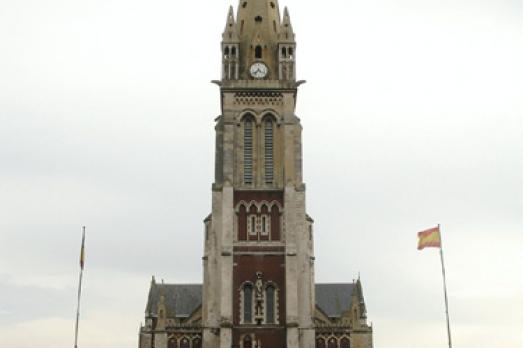
St Pierre de Calais Church
CALAIS, FR
A new church was built in 1960-62, identical to the old one dating from 1867 and destroyed in 1953.
Here you can search for a building to visit. You can use the map find destinations, or you can use the filters to search for a building based upon what different criteria.

CALAIS, FR
A new church was built in 1960-62, identical to the old one dating from 1867 and destroyed in 1953.

Xouaxange, FR
Église St Rémy is located in Xouaxange, a village in the Département Moselle in France.
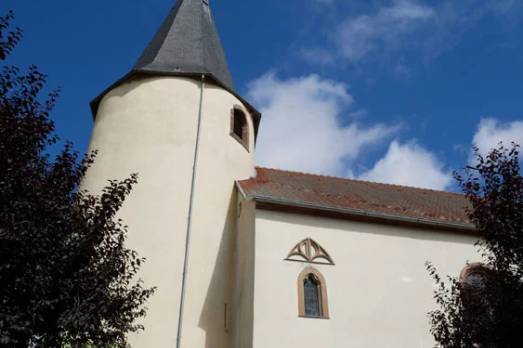
Weyer, FR
Église St Simon & Jude is located in Weyer, a village in the Département Bas-Rhin in France.

Farébersviller, FR
Église St-Jean-Baptiste is located in Farébersviller, a town in the Département Moselle in France, about 5 miles south of the Franco-German border, and 15 miles south-west of the German City of Saarbrücken.
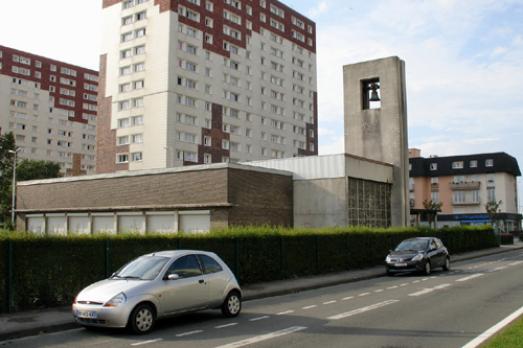
Calais, FR
A new parish is erected in the eastern ZUP of Calais, developed for the housing of the workers of the Dunkirk ironworks. The religious authorities first foresee a large parish centre, on the scale of the number of inhabitants expected in the area. Calaisian architect Georges Wiart drew up a preliminary project corresponding to this ambition in 1965. But the reduction of the budget led in 1967 to changes in the project for the parish centre, which was built in 1971-1974.
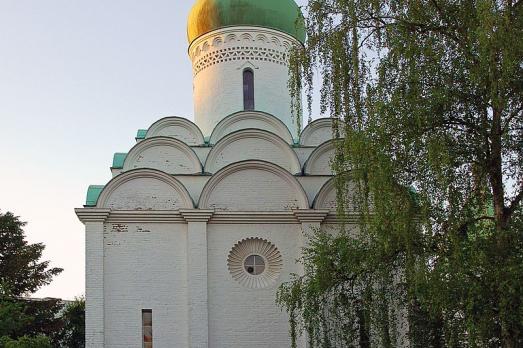
Uccle, BE
St. Job's Memorial Church was built by emigrants who fled the Russian revolution. They started to raise funds in 1928 and were able to lay the foundation stone on 2 February 1936. The architect-painter Nicolai Istselenov was assisted by a committee. The patron saint, St James, was chosen because his feast day, 19 May, coincides with the birthday of Tsar Nicholas II, to whose memory the church is dedicated. More generally, it was to commemorate the sufferings of the imperial family and the victims of the revolution.
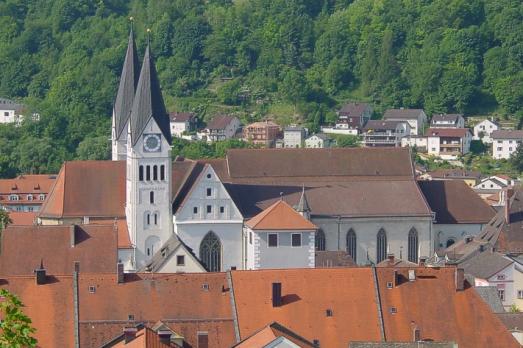
Eichstätt, DE
Eichstätt Cathedral is said to have been founded by St. Willibald as early as the 8th century. Today's church was mainly built in the High and Late Gothic styles and was completed with a Baroque west facade in 1718. Together with the cloister and the two-nave mortuary, the cathedral is considered to be one of the most important medieval architectural monuments in Bavaria.
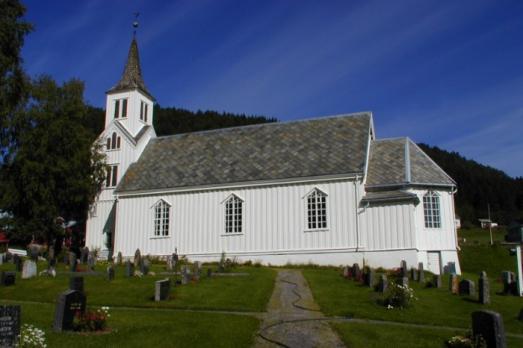
Eidsbygda, NO
The church of Eid is a long church built in 1797 and made of wood. Originally, the tower was in the middle of the church, but it was rebuilt on the porch roof during the reconstruction of 1872-1874. In 1862 Eid became its own parish and the church became the main church.
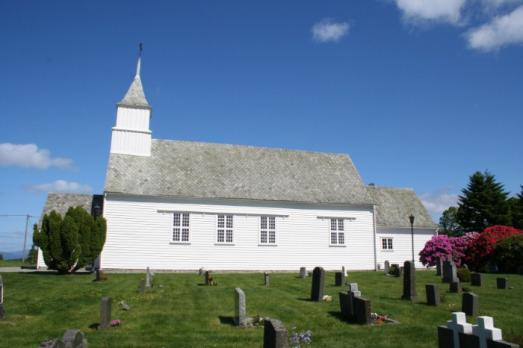
Halsnøy Kloster, NO
The Eid Church was built in 1824, and replaced the 1668 church that had been built when a former medieval stave church was demolished. In 1891-93, the church received a new porch and new large windows. In 1920 a new sacristy was built behind the choir.
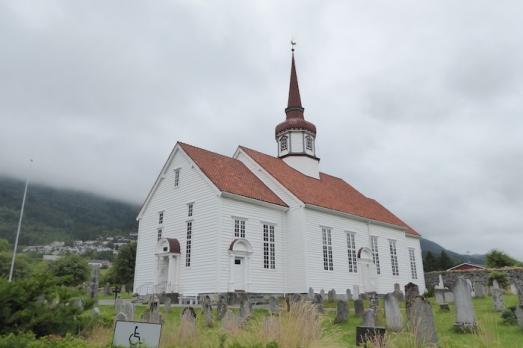
Stad, NO
The Eid church is a long wooden church built in 1849 to replace an older church from 1691. The architect of the building was the merchant Claus Wiese from Eid. Nordfjoreid is a site where churches have been built since the Middle Ages.

new
Nestled amidst the serene landscapes of the Harz region, lies a hidden gem for nature enthusiasts and history buffs alike - the Harz Monastery Hiking Trail. Lace up your hiking boots and embark on this captivating adventure that will transport you back in time.

The Holy Mile (Miglio Sacro) of Naples is a one-mile-long itinerary, through sacred places linked to the city's patron saint, San Gennaro, in the Rione Sanità district. Discover the city from a new perspective with this unique walking tour.

As a university city, cultural offerings abound in Tartu and will reach their peak after being designated one of three European Capitals of Culture for 2024. In this list, we've compiled the most interesting sacred places to visit in and around the old town.